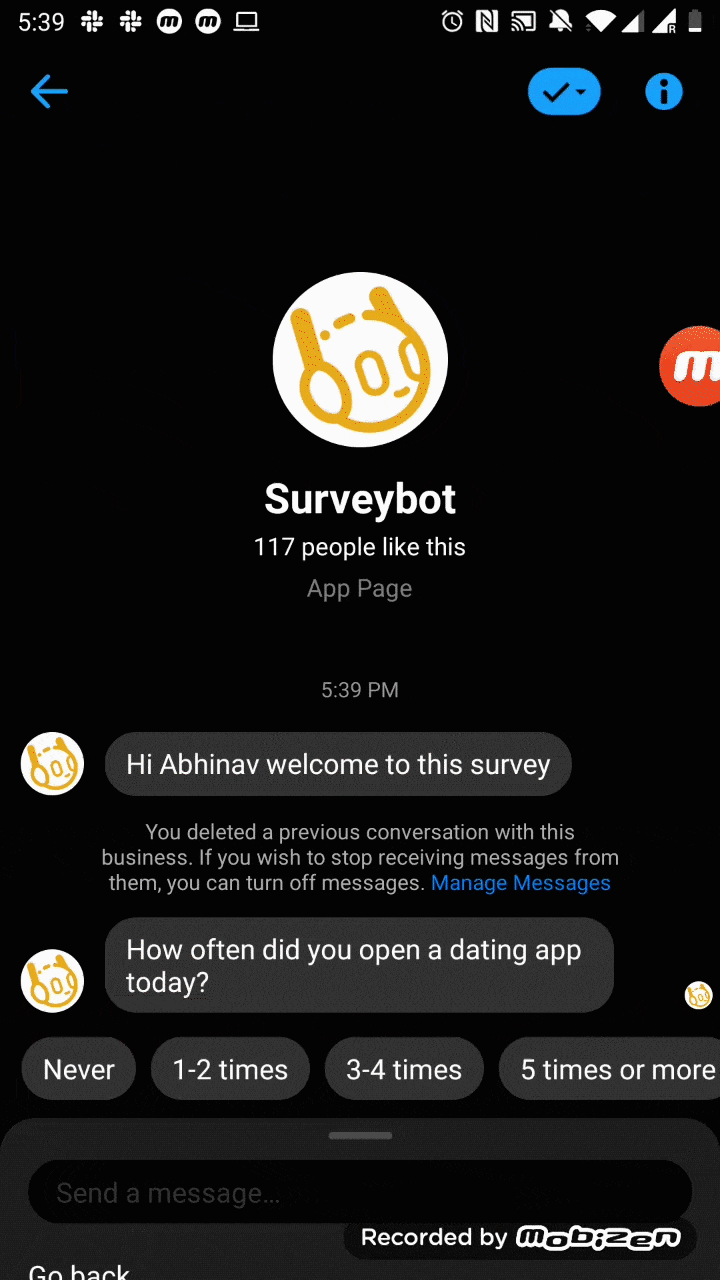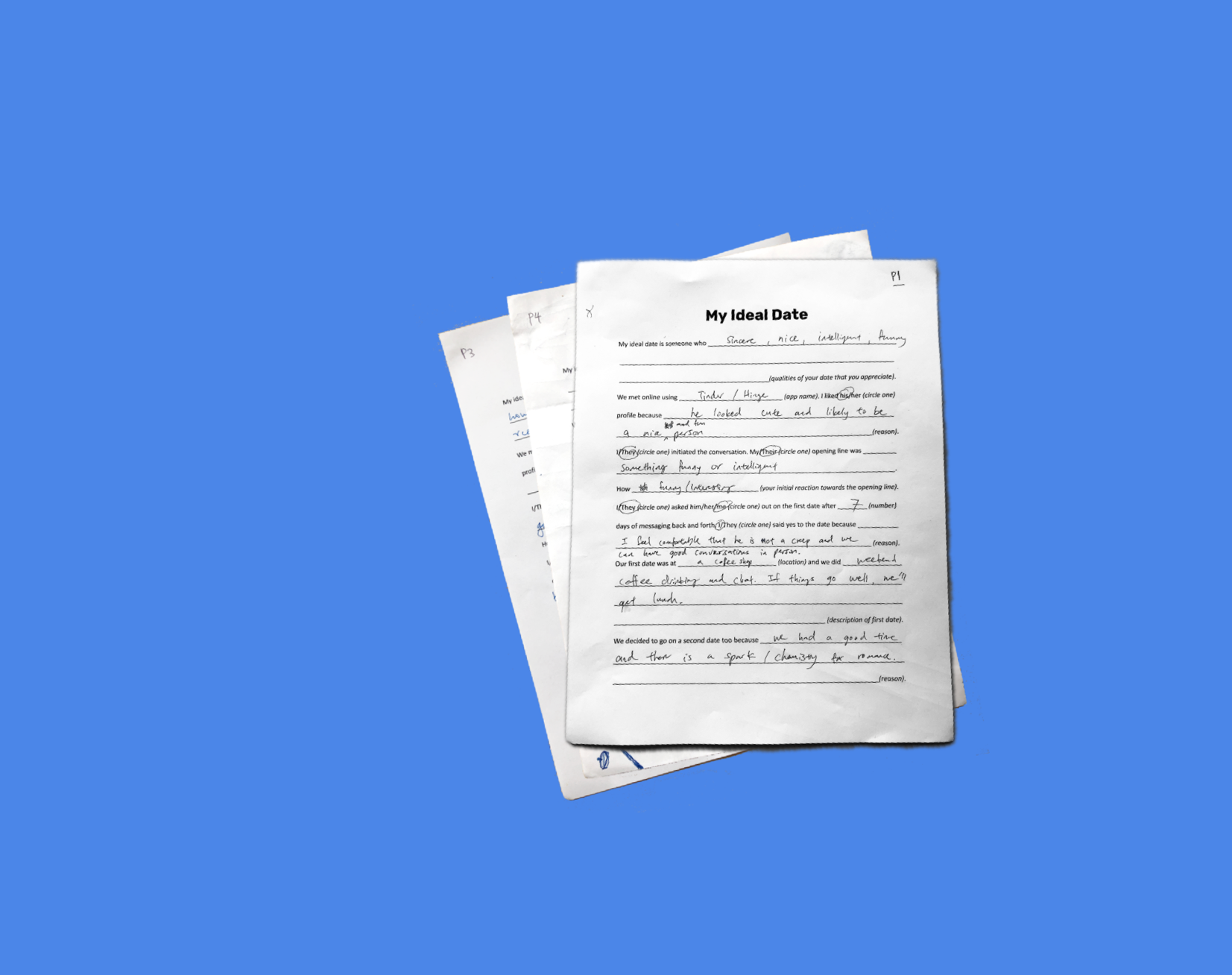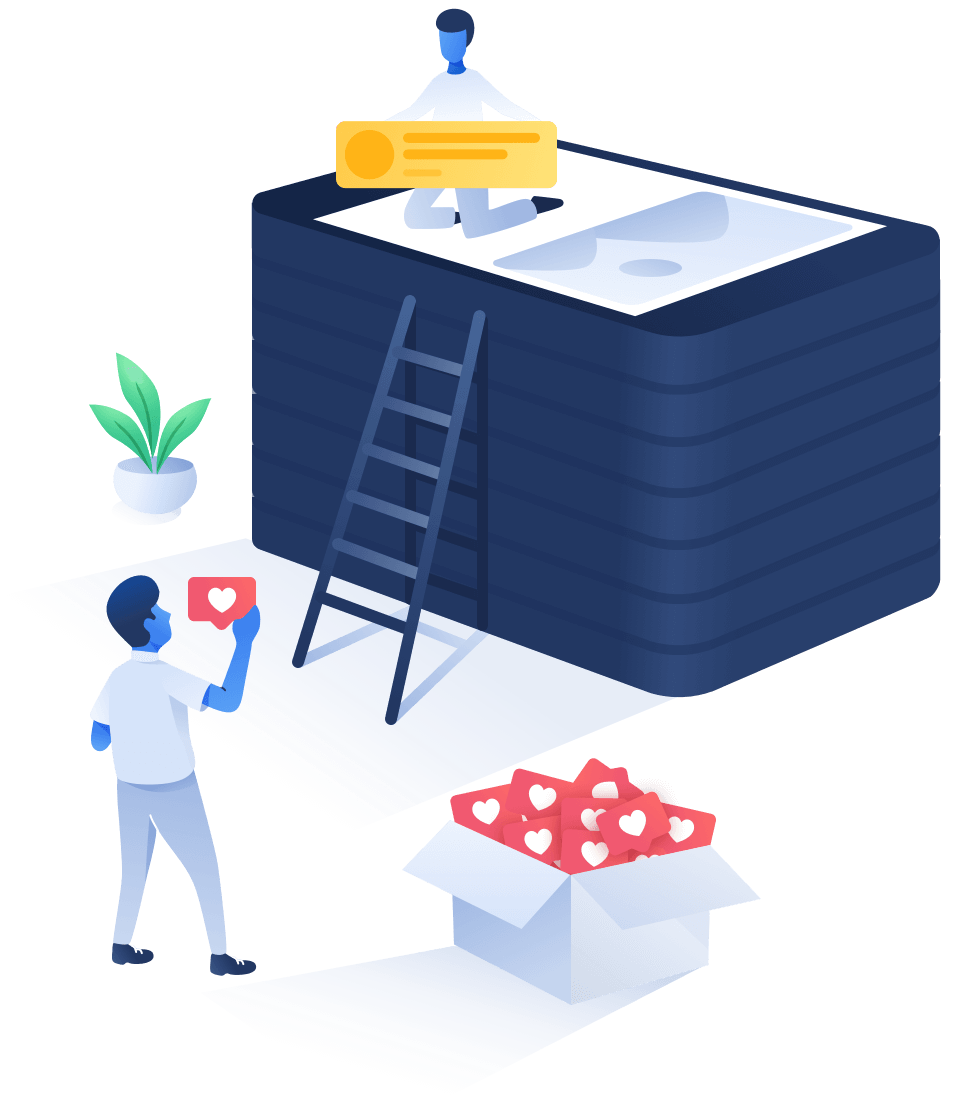



7 Day Diary Study + 1:1 Interview
for the diary study, Used a messenger bot to ping participants. The diary study was followed by a short interview.Fun fact. One participant was about to uninstall dating apps if it were not for the diary study, she ended up finding a good match and is going on a date this week, thanks to our study
Group Interviews
Conducted a madlib activity asking the participant about their ideal date from their past or their imagination. All participants ended up with examples from their past.



